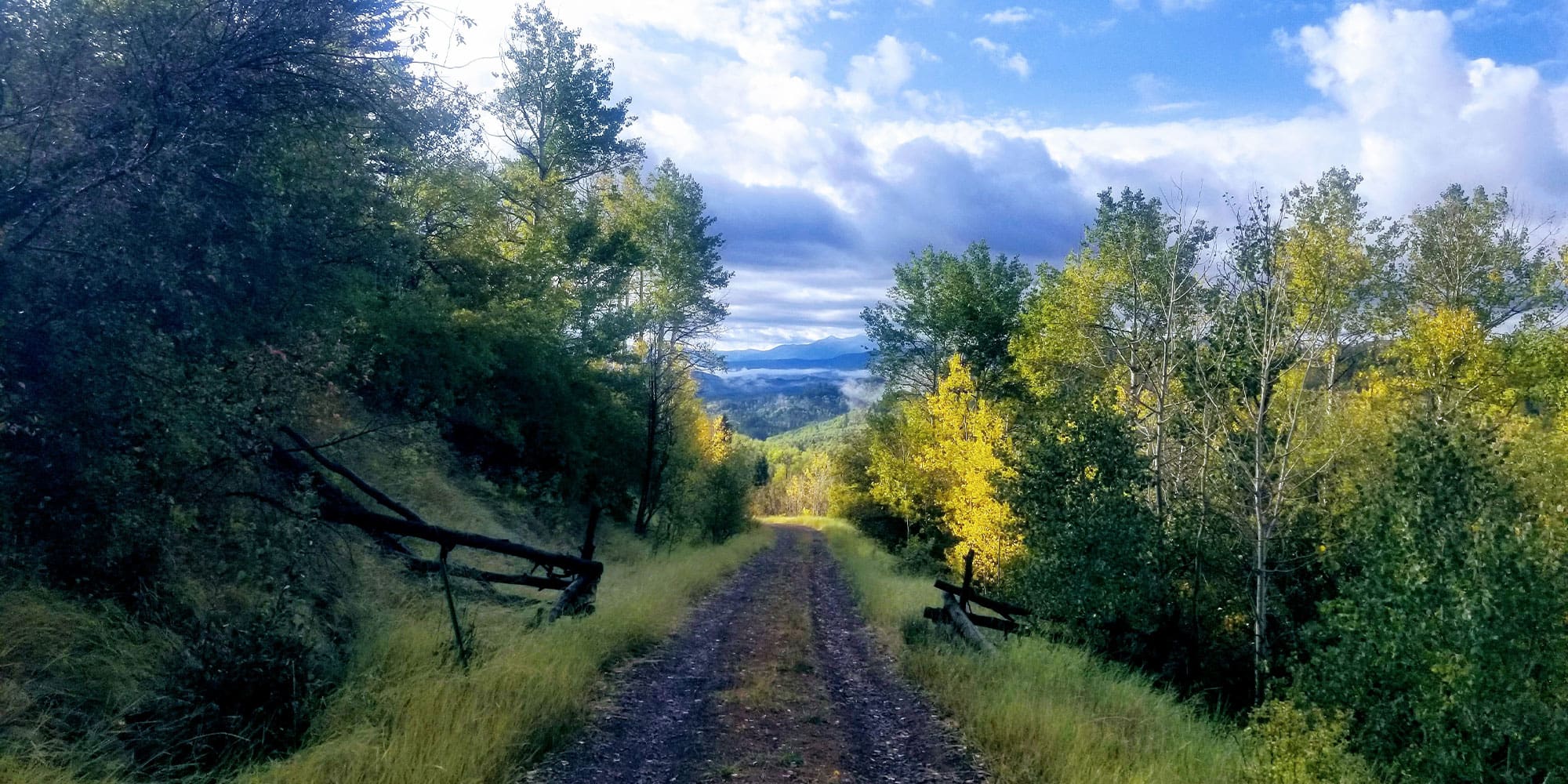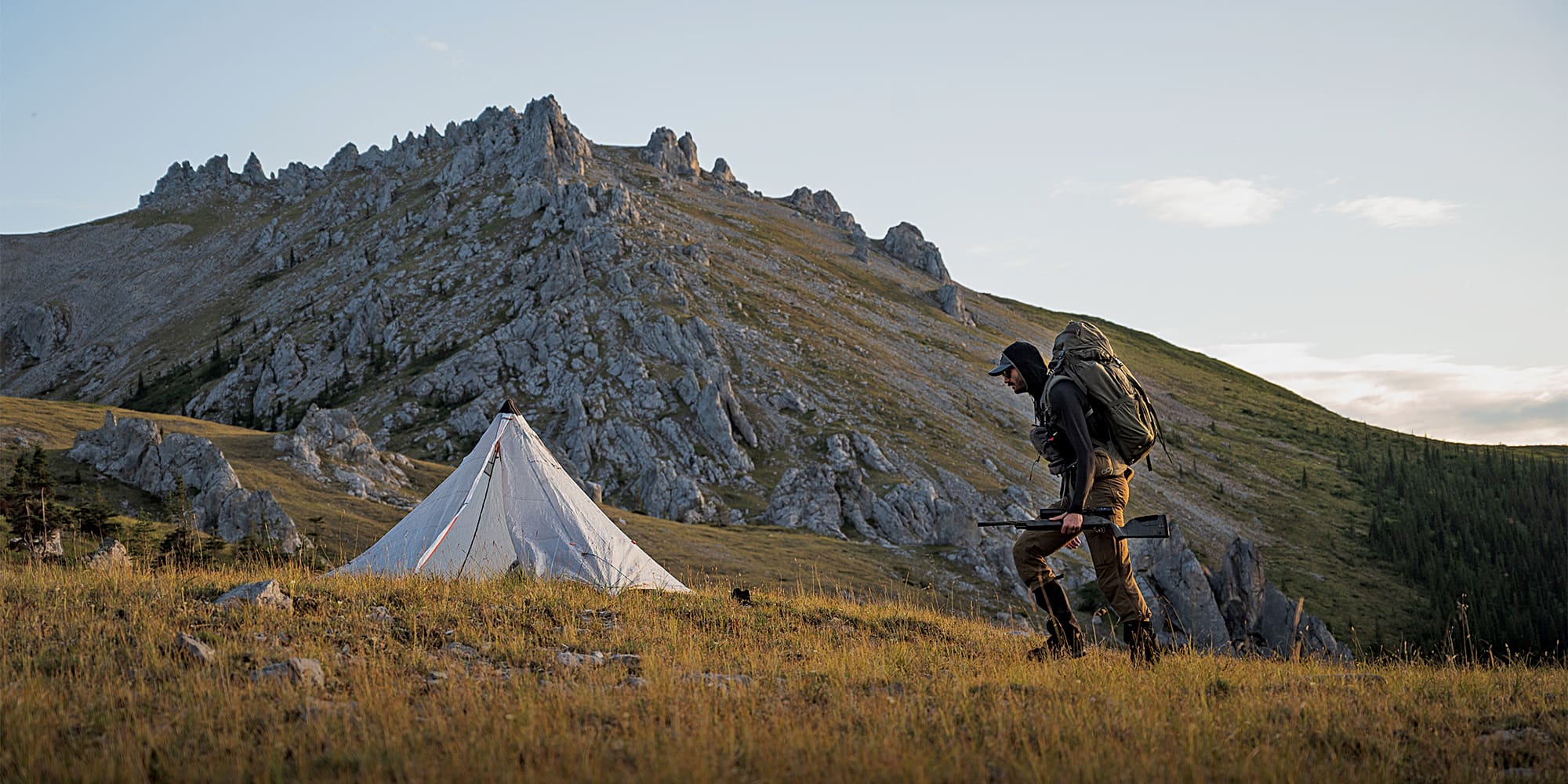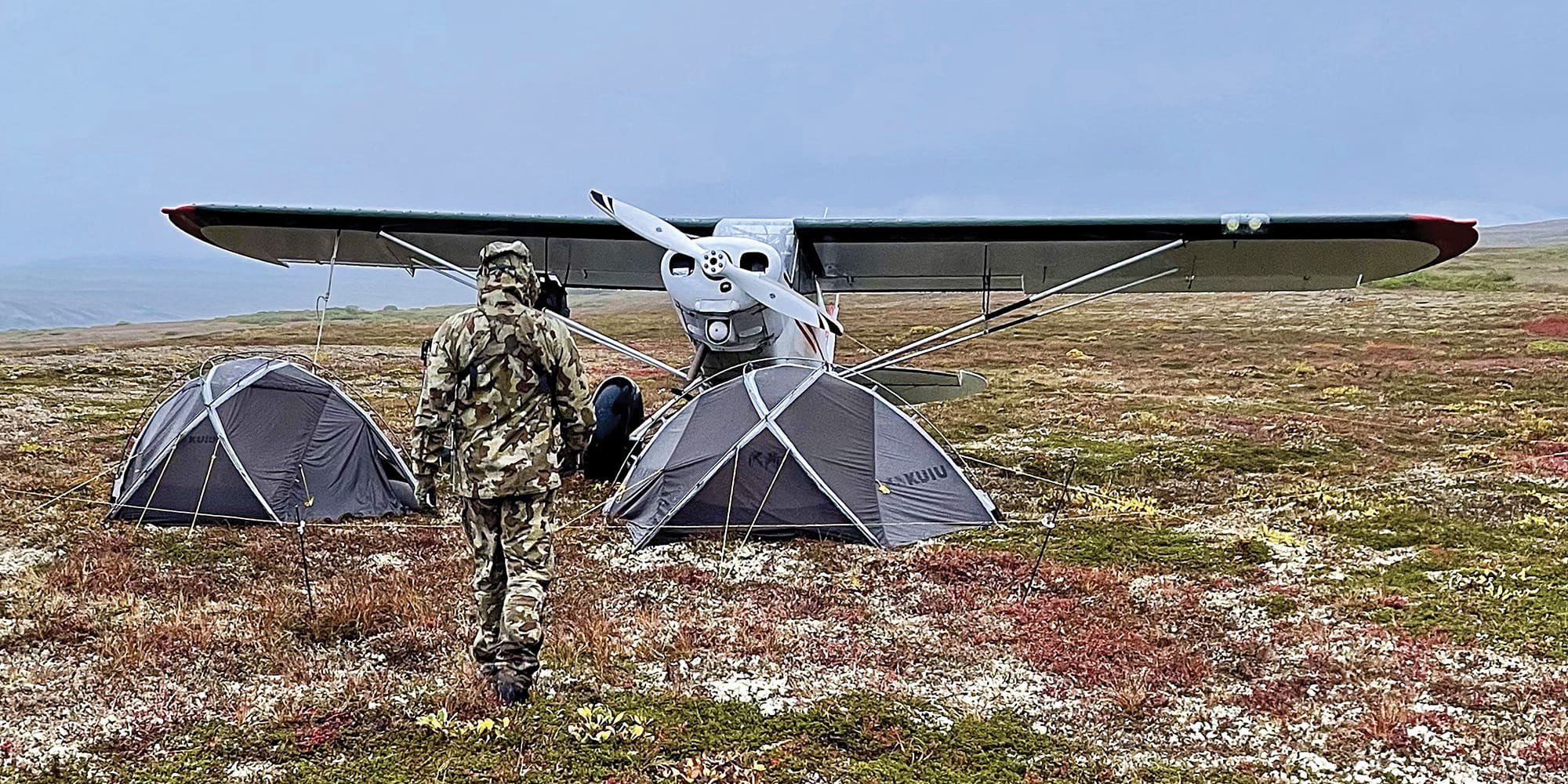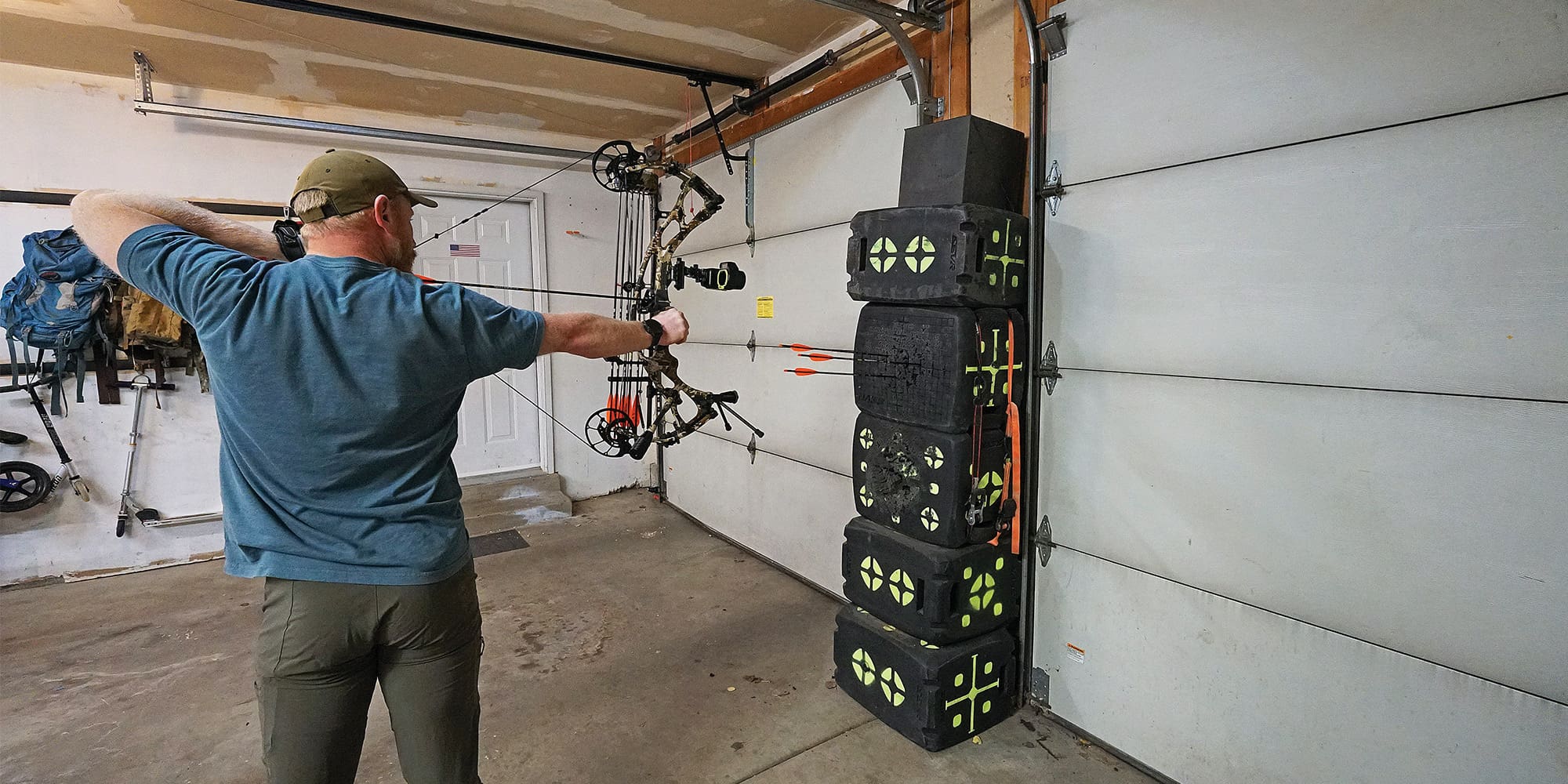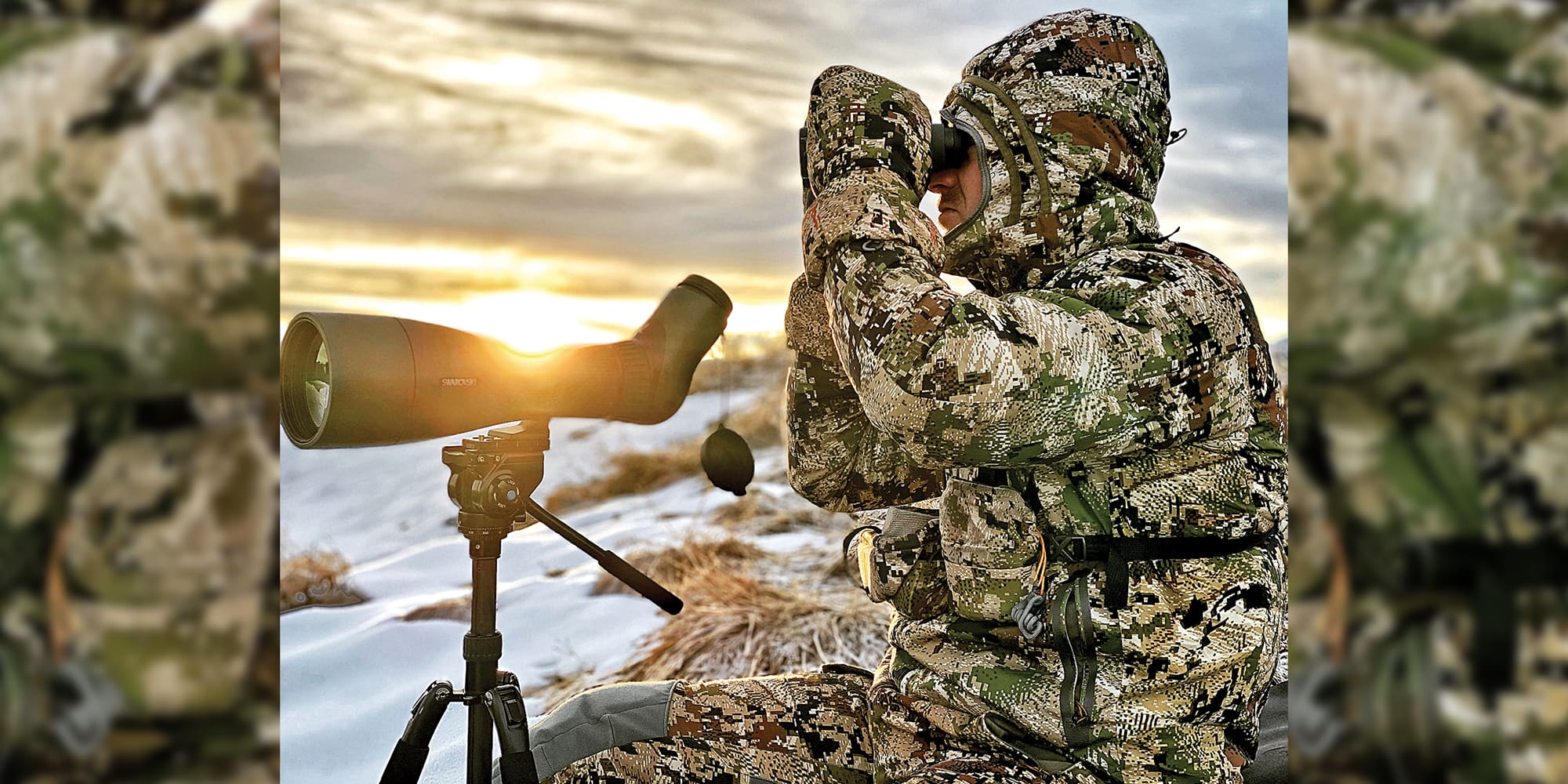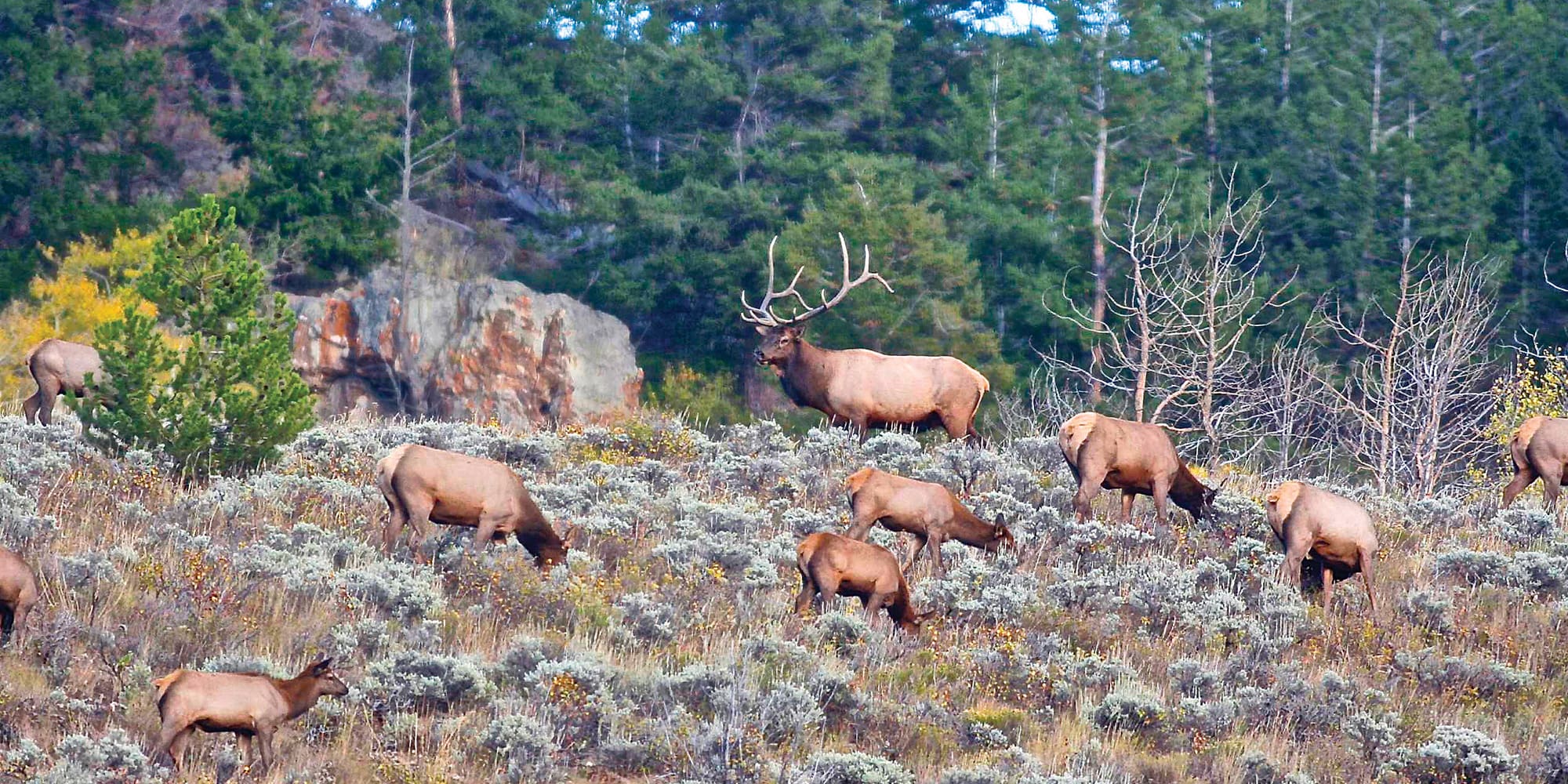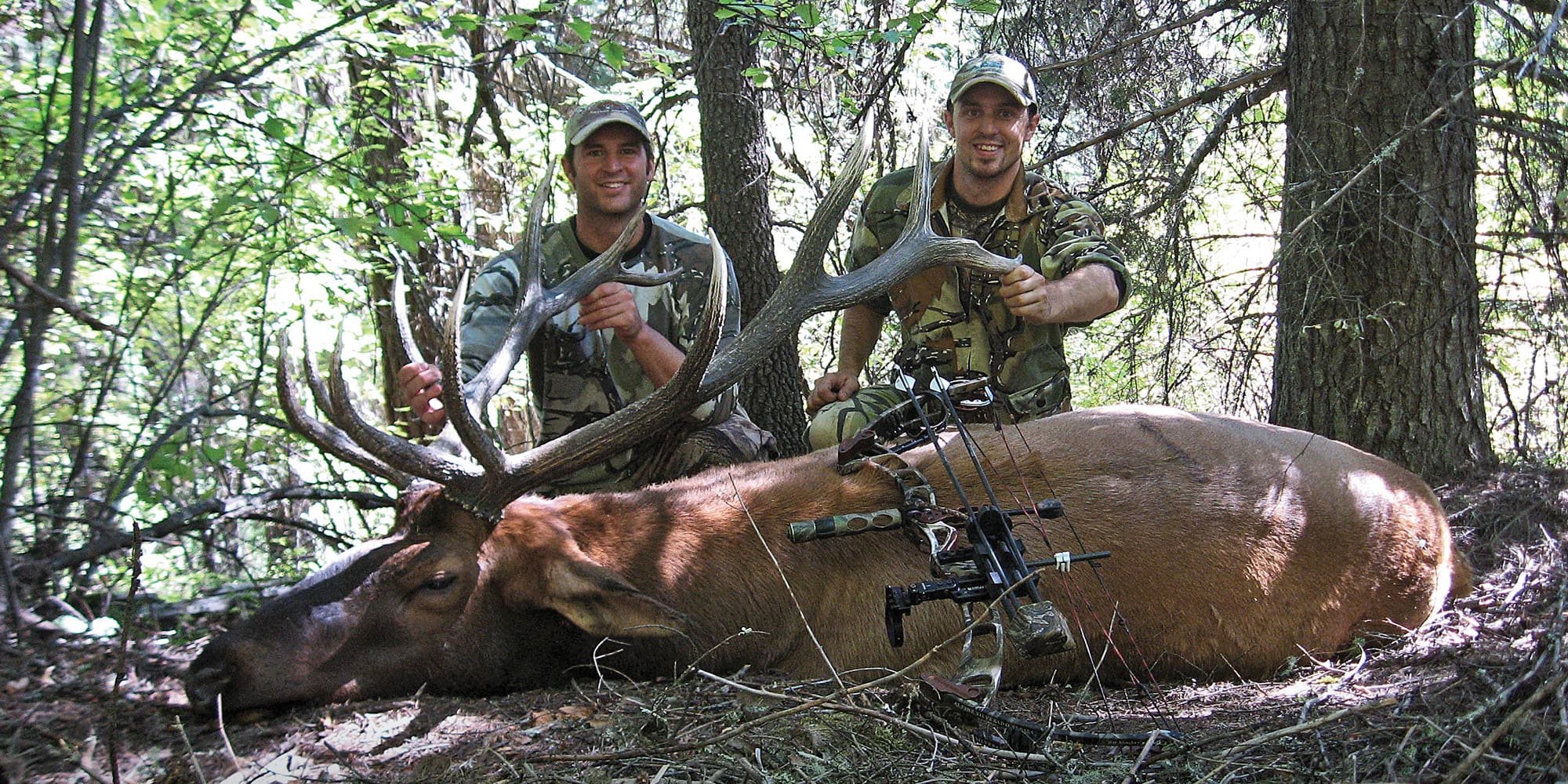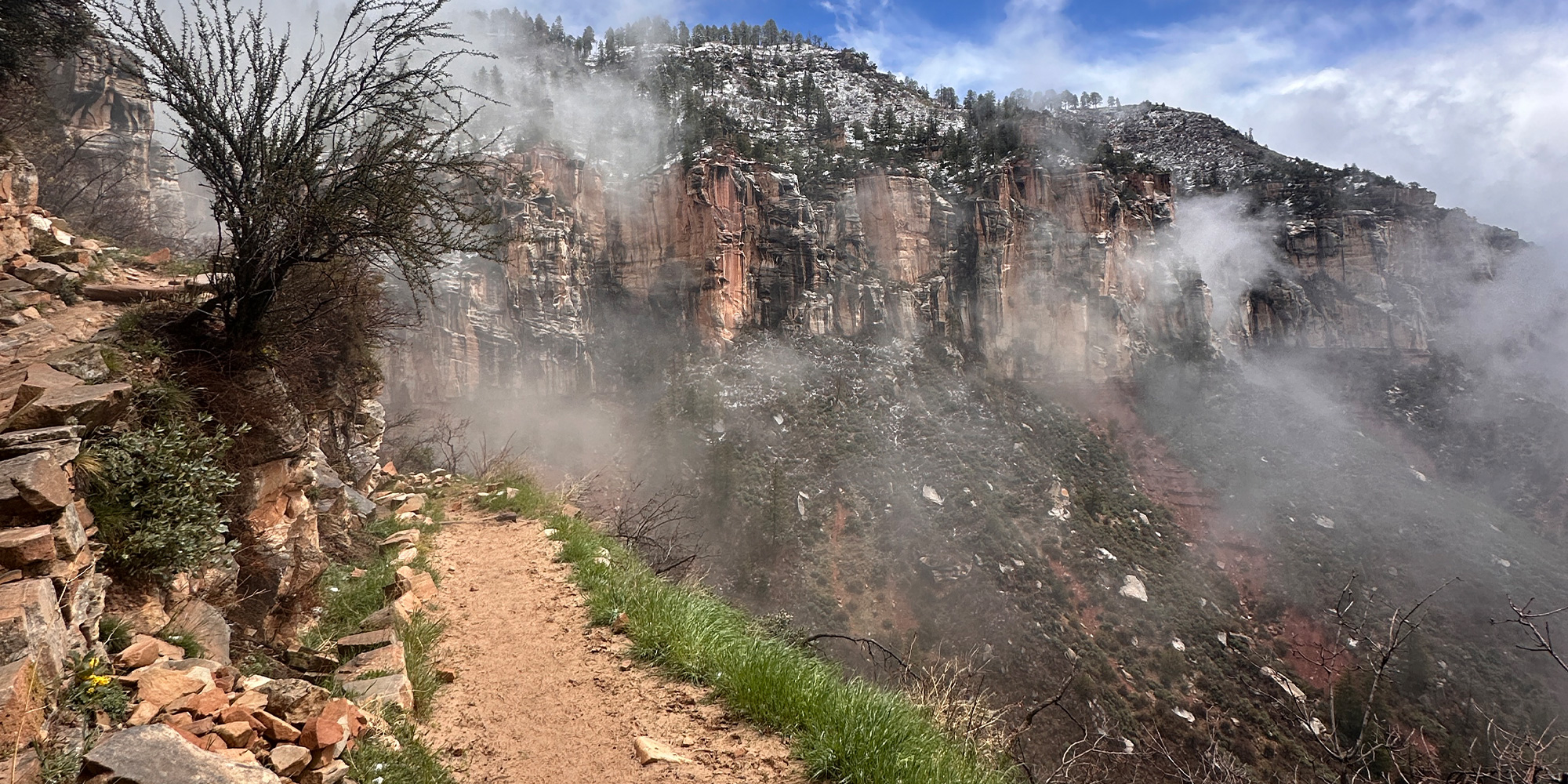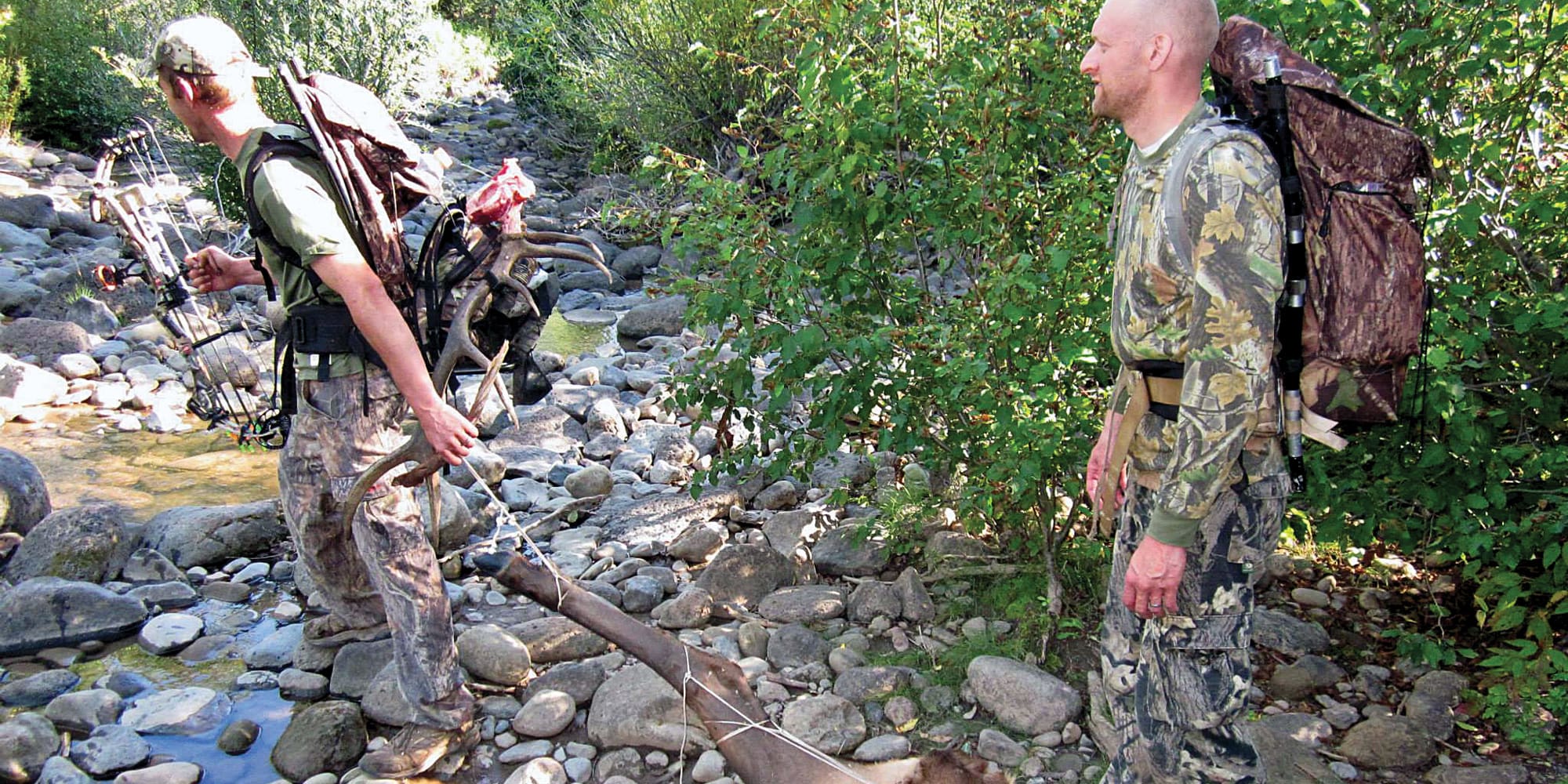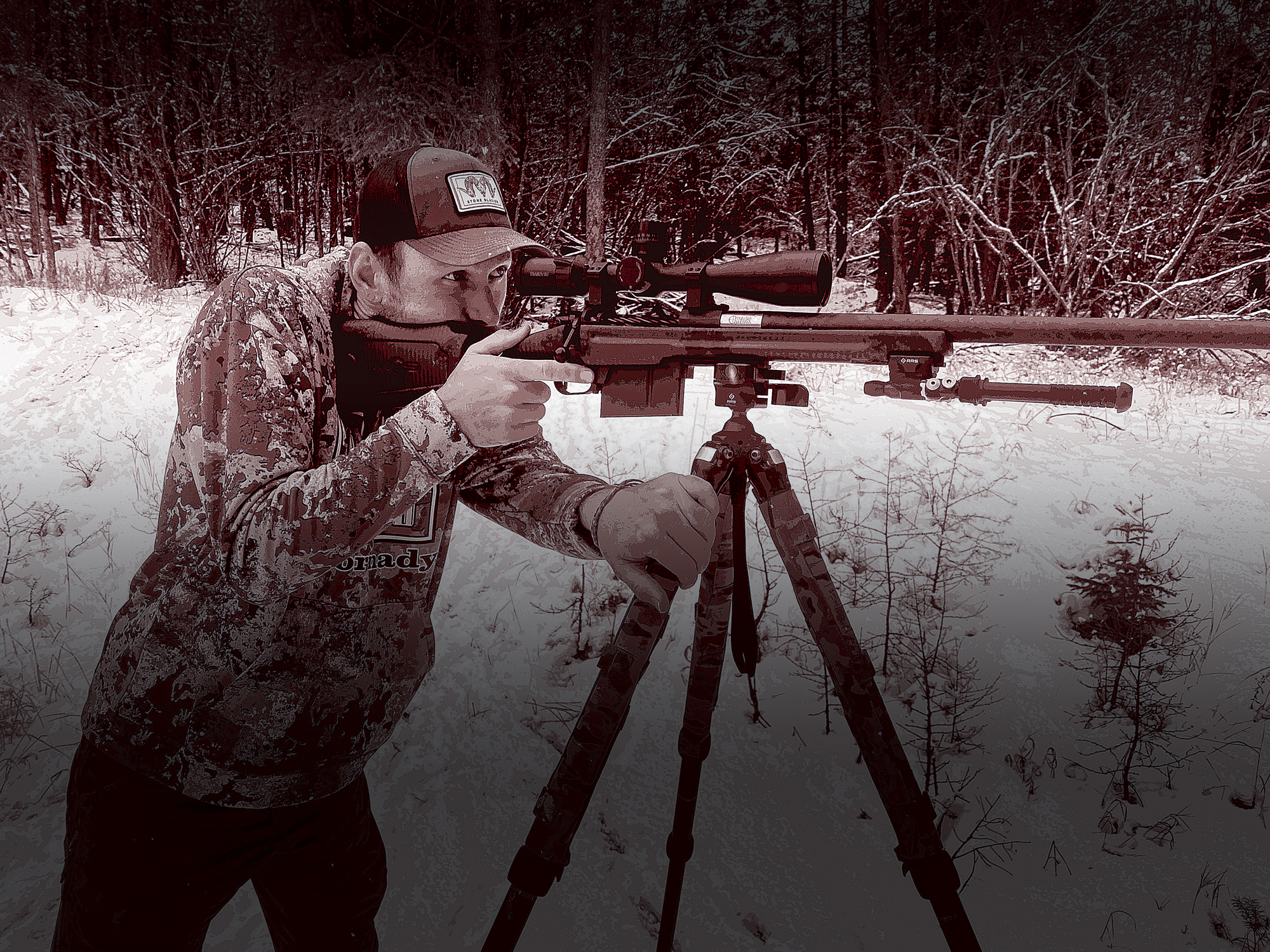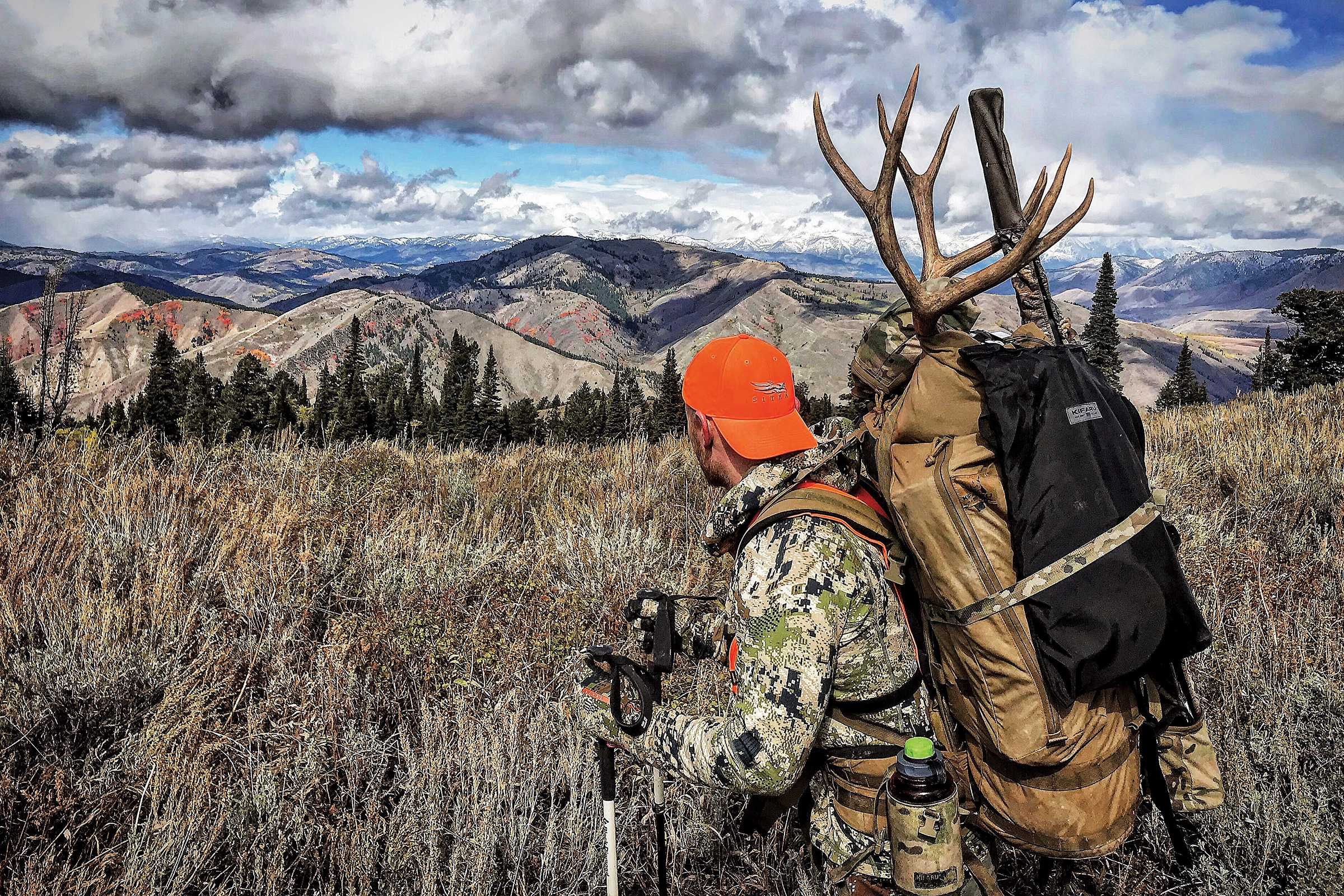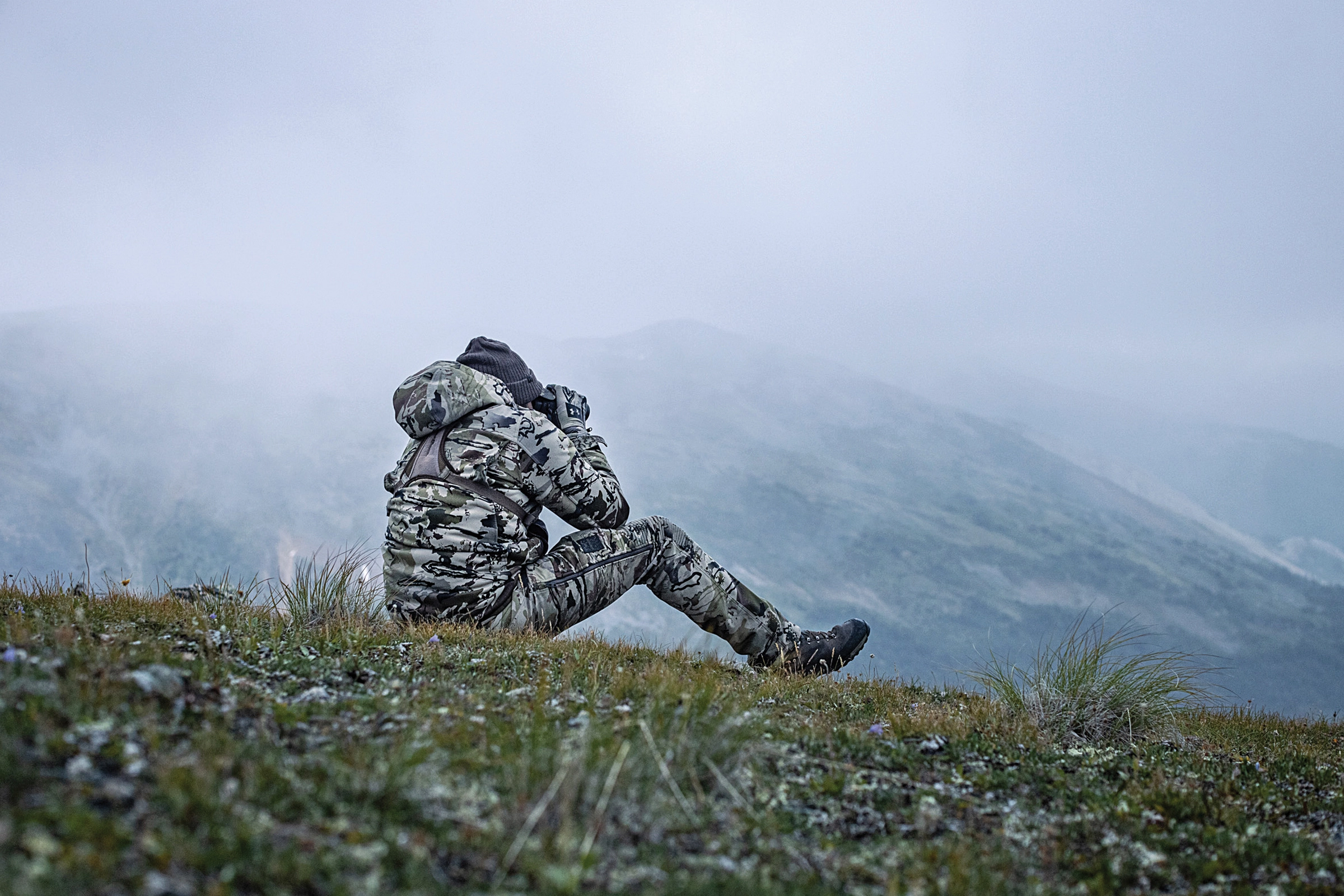
NOTICE: Certain links on this post may earn a commission for Western Hunter Magazine from Amazon or our other affiliate partners when you make a purchase. Thank you for your support.
How to Get Started Bowhunting
There are many reasons bowhunting is becoming more and more popular, and it goes deeper than the obvious factors like easily available tags and favorable season dates for deer and elk hunting. There’s something more primal about bowhunting that taps into our hard-wired, predator instinct. Perhaps there’s a prehistoric part of the brain that is activated by the intimate and intense encounters with prey that bowhunting necessarily requires. Whatever it is, there’s no denying that once you’ve followed these tips for bowhunting for beginners, you’ll be hooked.
Twenty or 30 years ago, bowhunters typically evolved from rifle hunters at some point later in their career. Today, it seems many beginning bowhunters have never hunted at all and are attracted to the adventure of backcountry bowhunting, its inherent challenges, and the reward of wild, organic protein. If you didn’t grow up amongst hunters and don’t have any close acquaintances that hunt, starting from scratch can be an intimidating proposition. Here are some tips that may help smooth out your learning curve.
Find a Mentor
The shortest route to the promised land is to gain someone’s trust who can show you the local bowhunting country and possibly put you into favorable situations early in your journey. Unfortunately, finding a great mentor isn’t easy. You’re going to need to be a good hunter yourself just to track down a good prospect where they’re likely to hang out.
- Inquire with family and friends to see if anyone you already know bow hunts.
- Visit local archery shops, archery clubs, and ranges.
- Join a local archery club and sign up for an archery league, if available.
- Go to 3D archery shoots, find out who the better archers and hunters are, and ask if you can shoot with that group.
- Get involved with conservation groups and join a local chapter that supports your favorite species. Attend the annual banquet or better yet, volunteer to work it.
- Network on the internet. Various sites offer forums where you may be able to find and interact with people who live nearby and have similar interests. Find a way to meet and do some shooting so you can get an honest impression.
Networking is one of the most rewarding and powerful tools available. You’ve heard the old saying, “It’s not what you know; it’s who you know. It absolutely applies to the hunting world. Relationships you build are timeless and priceless.
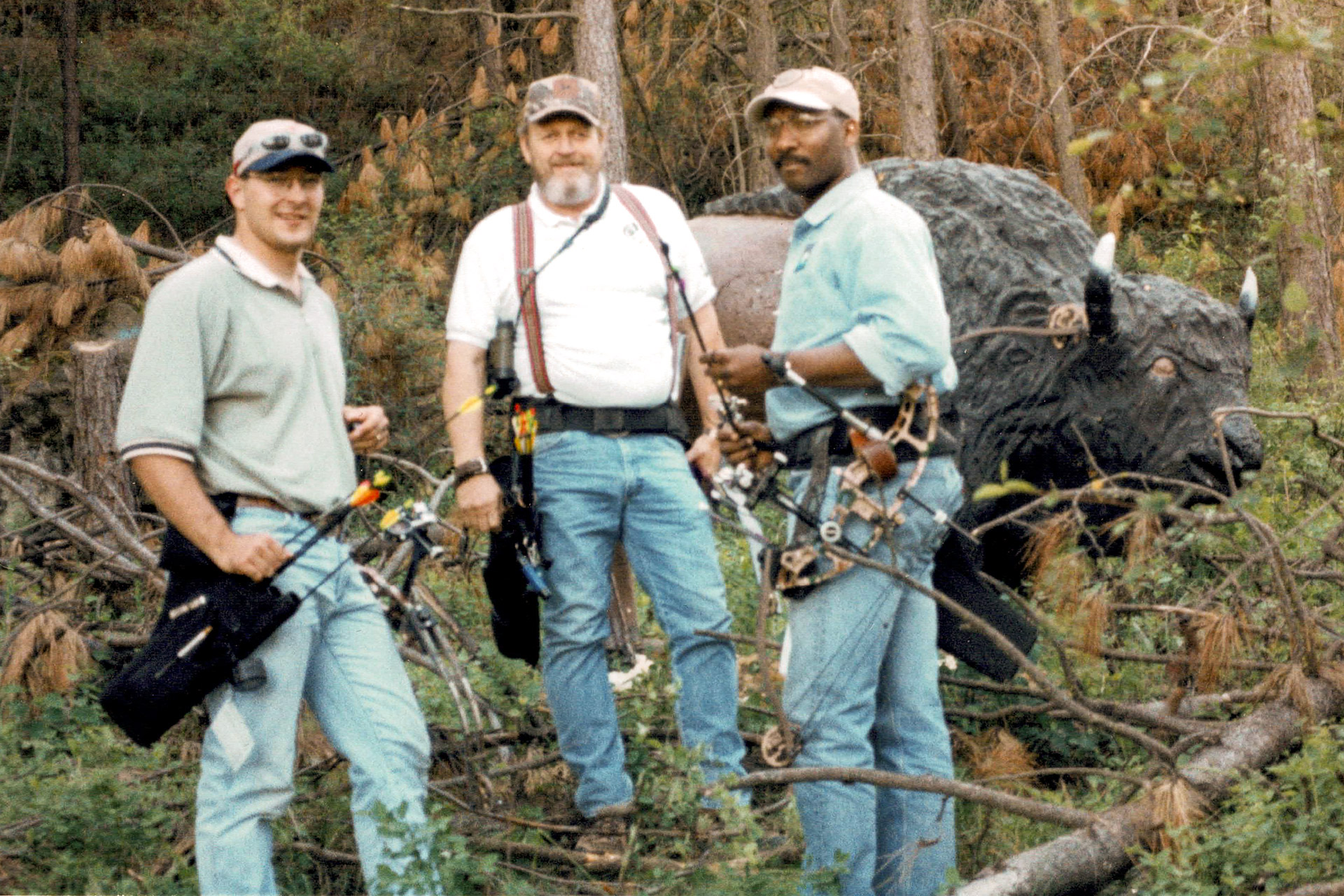
I asked the top local 3D shooter, Ron Gaines (far right), if I could shoot with their group. Ron was, as he often described others, “…one of the nicest guys you’d ever want to meet”. Ron and Layton Kite (center) taught me a ton about 3D archery early on.
Rules of the Game
Competitive archers and experienced hunters are often generous with their knowledge and time, but there are some important “rules” that can help you get the most out of your new relationships and avoid crossing a few sacred boundaries.
Rule #1: Don’t ask where they hunt or where they got the big one.
There are few things in life more sacred than someone’s favorite hunting spot. It can seem like a foreign concept to some people, but it can take hunters many years of effort to finally find “home”. That favorite spot is a place they literally fell in love with and know like the back of their hand. It’s a place they cherish for its beauty and the memories it has provided. Above all, they love it for its solitude and quality of hunting. You know you have a spot like this when you think about it almost daily and plan all year for your return.
Places that have good game populations and low hunting pressure are rare. Sharing these locations is a guaranteed way to spoil it, so asking will almost certainly create discomfort and likely incite a half-answer or white lie.
It’s often forbidden for members of the party to invite an outsider. If you do happen to get invited, the place they take you doesn’t become yours to share with others. Yes, it’s likely public land and lawful for you to go where you please, but don’t expect a warm welcome if you’re in someone’s spot later and you to run into them. Have respect for whoever shared the area with you. Ask whether they’d mind if you come back there sometime. Better yet, invite them to go along if you do.
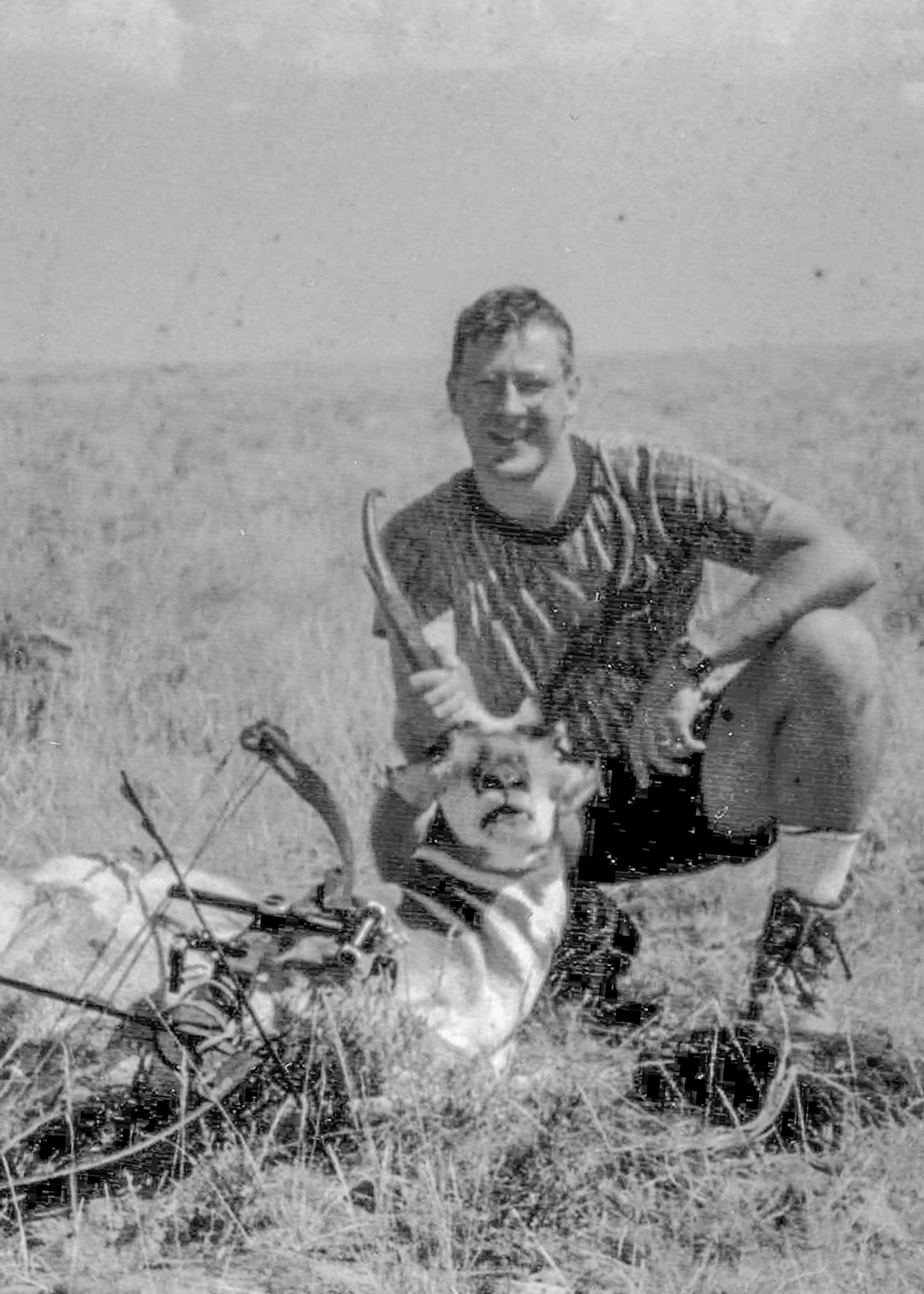
I met experienced bowhunter, Vance Henry, through work at a large Idaho engineering firm. Vance invited me to hunt with his crew on their annual antelope hunt, where I took my first pronghorn. He taught me everything I needed to know about bowhunting antelope, and we went on several other hunts together, including my first Alaska bow hunt on Kodiak Island.
If you need help on a starting point, ask hunters about old areas they don’t hunt anymore, areas they might suggest, or new areas they might be considering. You can provide value to that person by going in there, scouting, and seeing if the area has potential. Report back with the springs, wallows, and sign you found. Hang a camera and share the photos with them. They’ll probably be willing to share other areas that might turn into one of your go-to spots. They might even want to join you for the scouting trip or a future hunt.
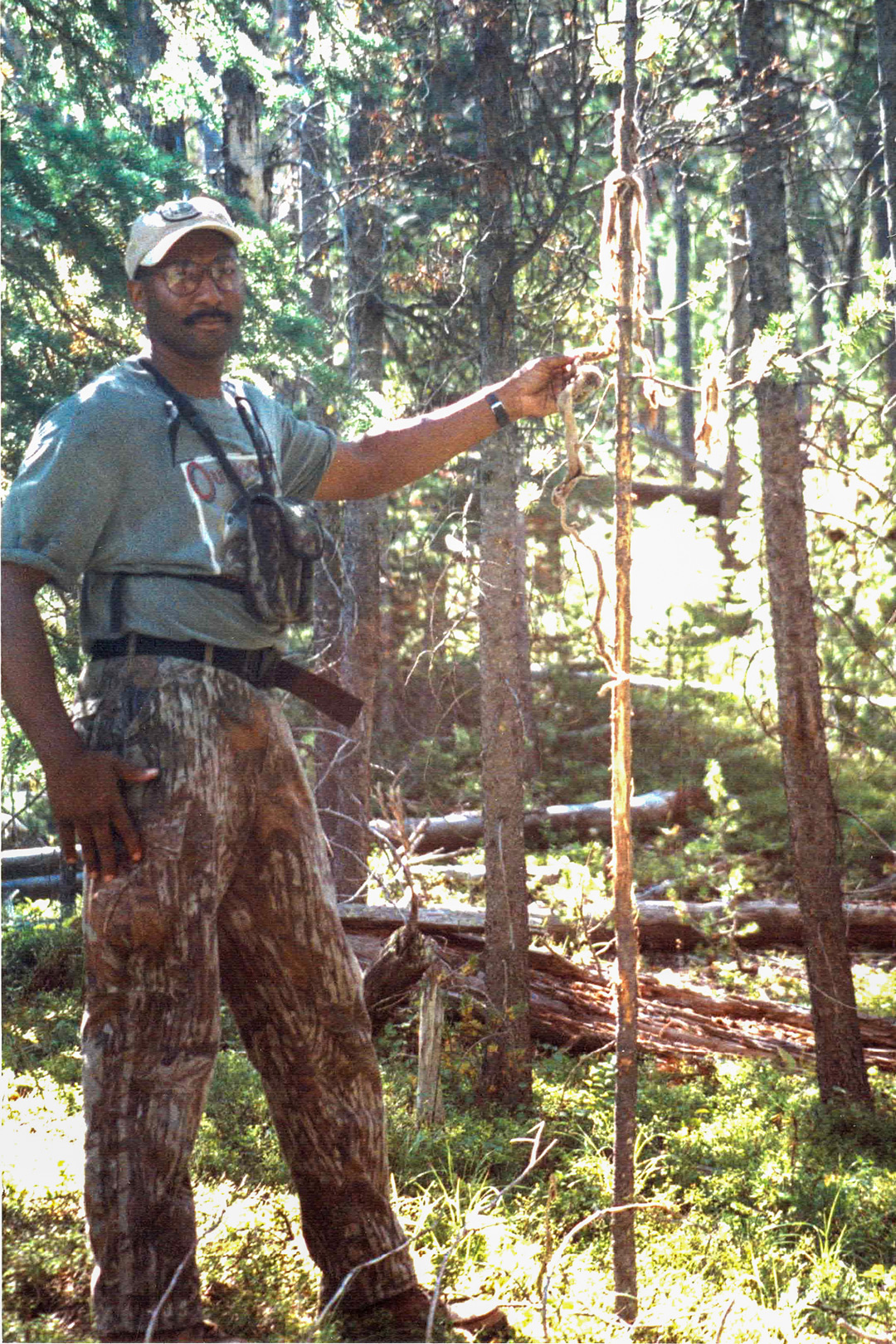
My buddy Ron was an elk-killing machine, and while we never hunted elk together, he did accompany me on a scouting trip to an area that turned out to be my “honey hole” for years to come. He also taught me about everything I know about sweet talking elk on that trip.
Rule #2: Don’t invite yourself along, unless…
Be patient, develop good relationships with people, and meet their hunting buddies if you get the opportunity. In time, they may determine that you’d make a good addition to their regular hunting camp, or they might offer other options. Do let them know you’re interested and offer to sub in for their normal buddy, if needed.

I met Russ Meyer when he started working at a local sporting goods store within walking distance of my house in Boise. He was a few years older than me and already successful as a young bowhunter. He inspired me and gave me a lot of good advice over the decades that followed. Russ is one of the most successful public land bowhunters I’ve ever met. It was over 20 years after we met when we did our first hunts together.
Rule #3: Be prepared to give more than you receive.
This is probably the most important rule when approaching someone you’d like to learn from. Another welcome exception to Rule #2 is offering to help somebody on a special permit when you wouldn’t be actually hunting. Offering to help another hunter tackle a new area with another set of eyes and ears is a great way to work yourself into their graces and probably learn in the process. I’ve offered and been invited on some amazing hunts and places. I’ve also extended the same opportunity to outsiders to join me. It’s a good way to get to know a lot about people in a short time frame and earn their trust.
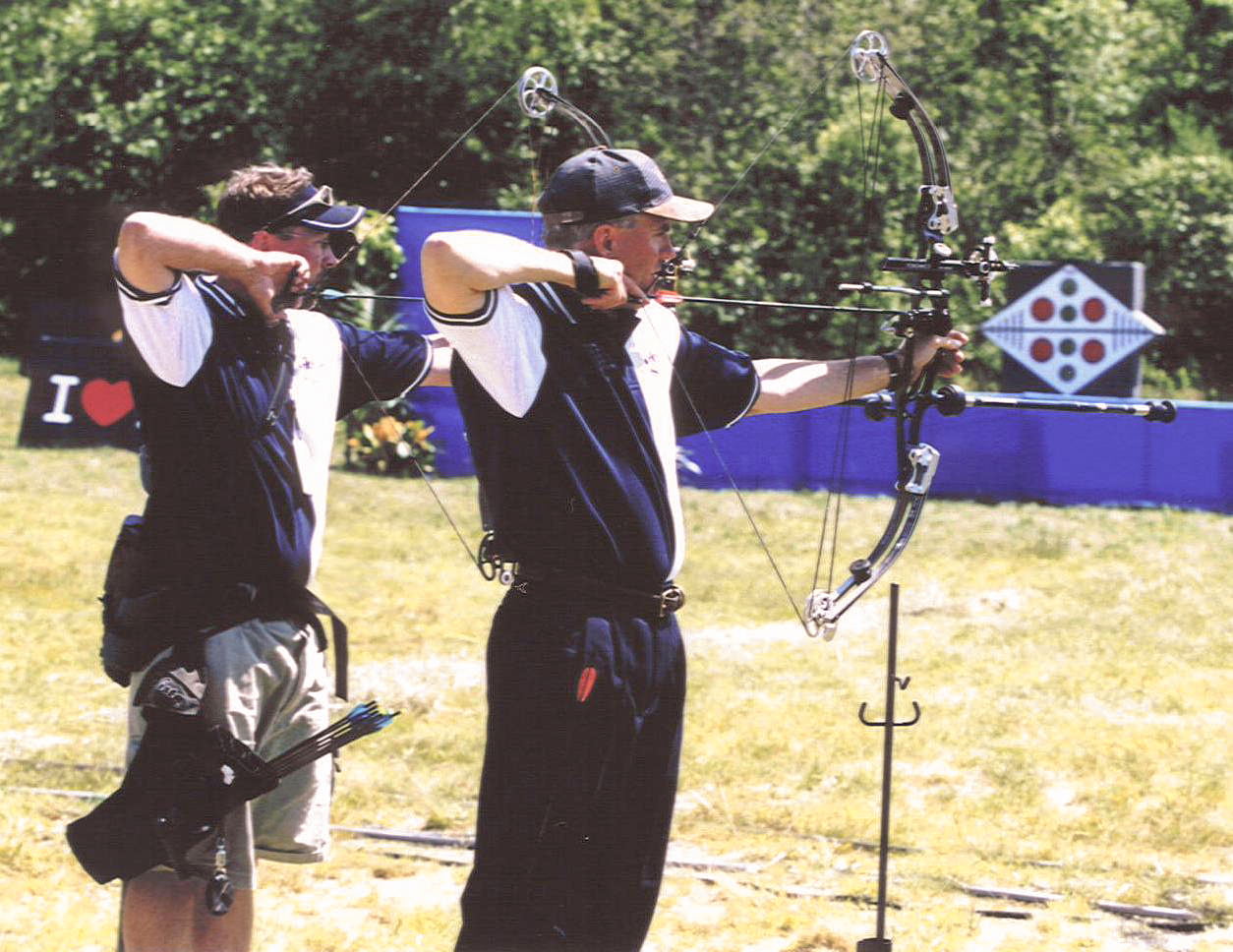
I had the opportunity to get to know Randy Ulmer better when we both qualified for the ESPN Great Outdoor Games. I sat down with him at lunch and he mentioned an awesome elk hunt he was doing a few weeks later. I offered to come down and help him locate a bull. Next thing I knew, I was in Nevada’s premier elk unit with the “Doc” learning what it takes to get it done so consistently - a dream come true for me. I offered a lot, but I got so much more out of the experience than I could have offered.
Rule #4: Don’t ask competitors questions about their shooting during competition.
This rule isn’t obvious, but most guys don’t want to start thinking about shot mechanics in the middle of a tournament. It can throw some people off their game and is one of the oldest forms of “gaming” your opponent in competitive archery. Wait until after it’s over to get into those conversations. A much better angle is to have a cooler full of beer back at your rig so you can offer a round to your group when you come off the course. This is the perfect time and place to relax and shoot the bull about bowhunting, shooting, and archery.
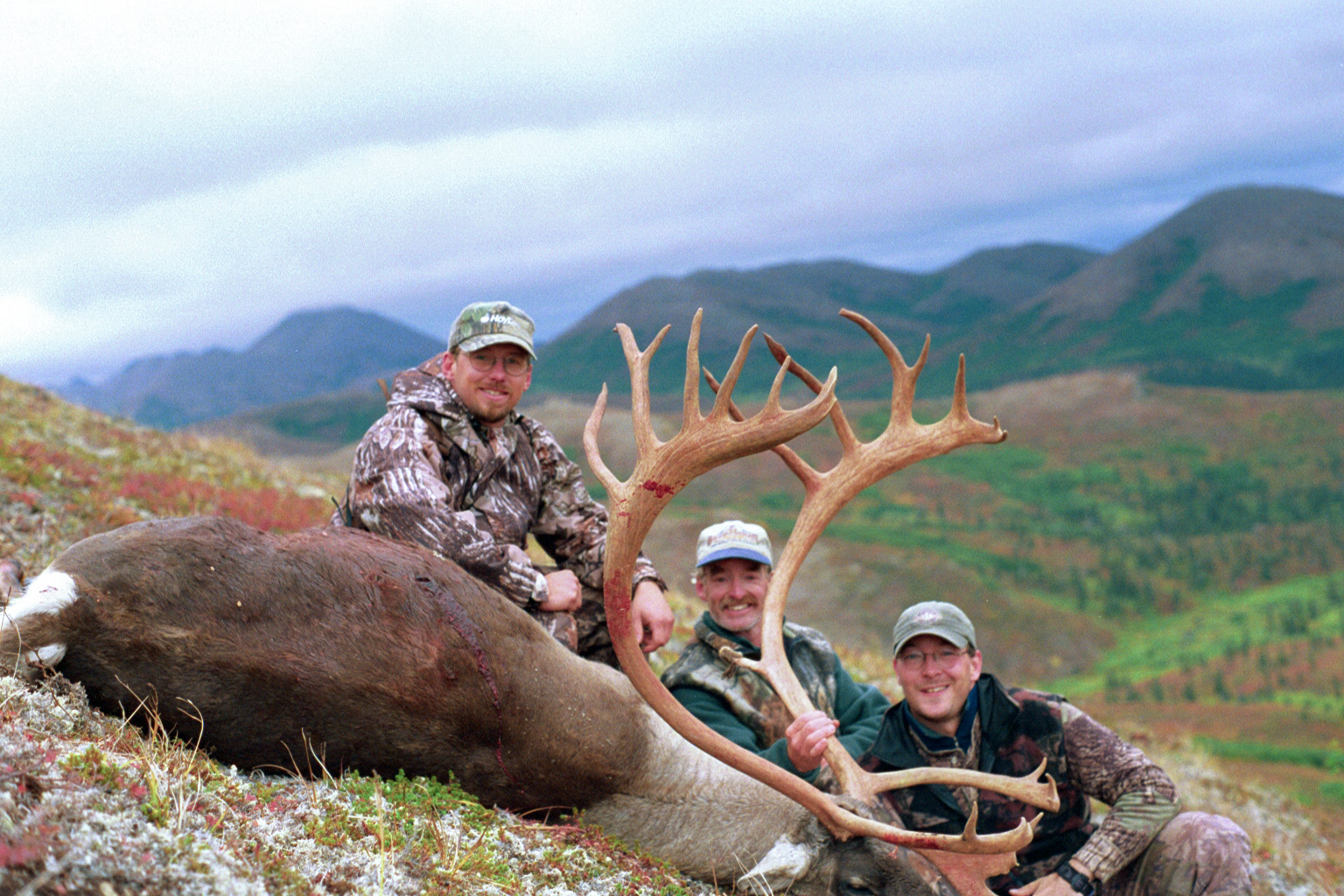
I met Carl Wambach (center) on an internet forum circa 1997 and offered to help him on a November Nevada muley tag. The next fall, we hunted Alaska caribou together. He later introduced me to friends that helped me harvest my first Dall sheep and see parts of Alaska I couldn’t have imagined that first night in the desert.
Finding a Hunting Partner
Finding the right hunting partner is a lot like finding your spouse...and they need to be just as trustworthy, because you’ll eventually face some real challenges together while backcountry hunting. I’ve hunted with one of my buddies for 25 years now. We have 100% confidence that no matter what the hunt brings, we’ll make the most of it and always get home safe.
I hunt with several friends on various hunts, and they all tend to have the same key traits. You’ll want to look for the same in your hunting pals:
- Reliable and trustworthy: This person would never cancel a hunt or bail on a hunt early unless it was an emergency. When hunting, they do what they say they’ll do and always show up at the rendezvous point as expected. If you didn’t show, you know they’d come looking for you and be your best hope of getting rescued if you were in trouble.
- Similar goals and aspirations: Find somebody who is headed the same place you are. If you want to be a hardcore mule deer guy, then find another muley nut! If you want to be well-rounded and hunt everything, try to find someone that can fill in the gaps and add to knowledge you already have.
- Financial compatibility: This doesn’t mean you have to make the same amount of money. You just need to be in the same general mindset with the amount of money you commit to hunting. If you want to hunt in multiple states every year, can your hunting partner commit to that? Or are you both flexible enough to alter plans when one or the other is strapped for cash?
- Great attitude: Some hunting trips are tougher than others. When you have a buddy that stays positive and welcomes the challenge by hunting even harder when the odds are against you, you’ve found the right guy to help ensure you get the most out of all your hunts.
- Time commitment: Hunting partners need to have similar amounts of time available to scout and hunt. If you’re single and in college, and your hunting partner owns his own business and is married with two young kids, that can make it tough. Everyone’s situation evolves over time, and eventually you’ll have a group of guys you can trust to go on various hunts because we all have limits on our time, finances, and schedules.
- Look in the mirror: Are you the kind of hunting partner you’re looking for? If you fall short of you own expectations, step up your game. Have some of your buddies started hunting more with other people? Figure out where you fell short and don’t make the same mistakes again.
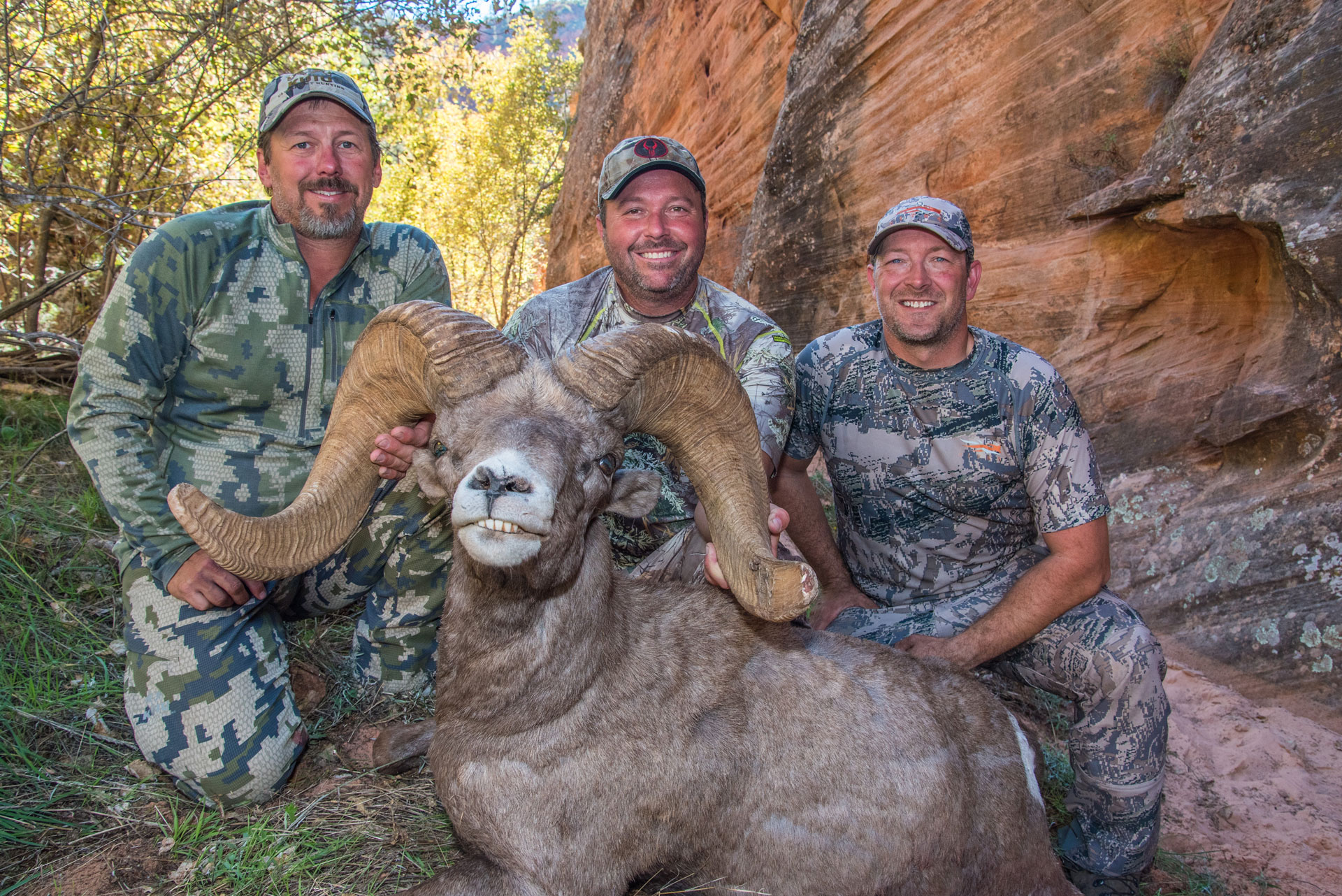
My long-term hunting partner, Kurt Toney (left), and I offered to help our buddy, Aaron Bingham, take his awesome desert ram down in Utah. We got the experience of a lifetime out of that, and Aaron returned the favor last season, tagging along when Kurt and I both drew Rocky Mountain bighorn tags in Idaho.
Take a Simple Approach to Gear
When starting out, the gear “required” for hunting the West can seem like a never-ending shopping list for the rich and famous. This is especially true when the best advice everyone has is, “Buy once, cry once.” That means to endure the financial pain of buying expensive, quality gear once so that it won’t let you down and need replaced later.
That’s generally good advice, but few of us can go buy everything we need without acquiring a bunch of debt and spending an inordinate amount of time figuring out what the best stuff is to buy. There are so many options it’s easy to be overwhelmed. It’s even harder if you don’t have experience to know what suits you best.
You don’t have to start out hunting the most remote piece of backcountry wilderness to have a great hunt. If everybody did that, the best places to hunt would be near the trailheads, and sometimes they are! When I’m learning new country, I often prefer to day-hunt multiple areas until I find animals. Then, I might backpack in if it makes sense. Otherwise, it’s almost always more comfortable hunting from a basecamp at my vehicle. It allows you to use your vehicle as a tent and use heavier, cheaper camping gear you may already own.
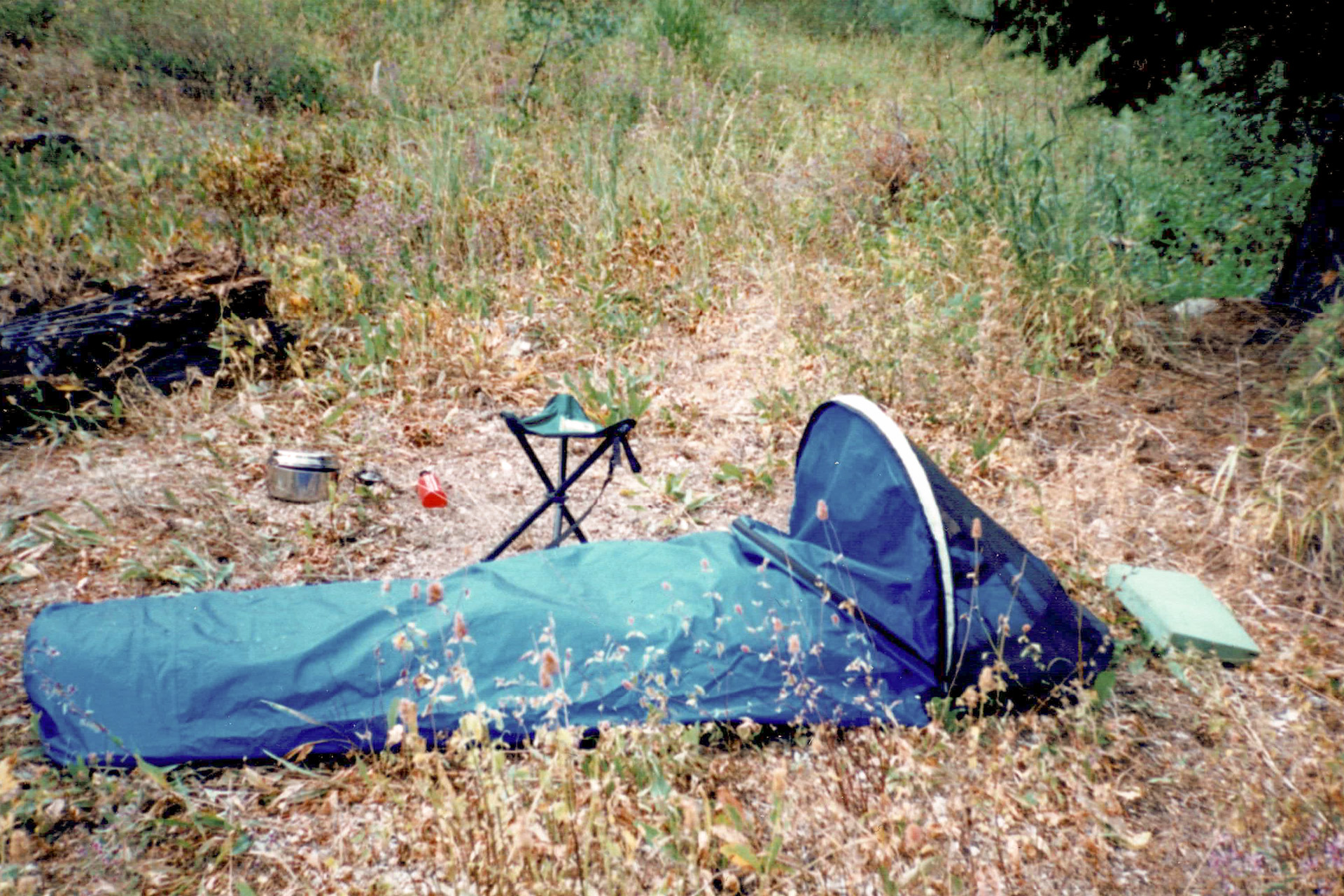
Here’s a photo of my simple bivy bowhunting camp from about 23 years ago. I used a mountaineering backpack, a simple MSR stove, and an Outdoor Research GoreTex bivy sack with a Western Mountaineering down sleeping bag. The fact that the bivy sack and sleeping bag still are part of my gear today is testament to the “Buy once, cry once” mentality.
Buy the lighter weight, expensive items as you can afford them, with priority on stuff you’ll use most often. Meanwhile, borrow from buddies, use what you already have, and add as you go. Classifieds are a good way to find quality used items cheaper than retail. Just be cautious. In-person transactions aren’t as convenient, but may be safer from scammers. Sites like rokslide.com are a good starting point for the Western hunter looking for a good deal on used gear. Hit up your network of new friends to see if they have old, hand-me-down gear. I’ve thrown bones to a lot of my friends getting their start in bowhunting.
Know the Fundamentals
Make sure you understand the basics like how to track and find your quarry after the shot. Hunter’s Education hopefully taught you the basics. Next, find YouTube videos on the “gutless method” and watch many times. This will save you a lot of fumbling if you’ve never broken down an animal. It will also save you from packing a ton of unnecessary weight if you learn to bone out the meat.
Get the hide off and hang the meat in a cool place away from camp in a quality game bag to keep the bugs and predators out of your business. If you’re near the truck, get the meat on ice ASAP. Never leave an elk overnight it you think they’re down. You’ll lose meat every time, even if it’s cold.
Even if you’re day hunting, always pack a sharp knife and a sharpening stone or replacement blades, 30+ feet of paracord, game bags, and your tag so you can properly care for the meat until you return with a frame pack.
If you’re bowhunting solo, borrow or buy a Garmin InReach or satellite phone, or hunt in an area with cell reception if possible. This is critical if you get in trouble, need to call a good buddy or packer to help you get your elk out, or just check in at home to let your family know all is well.
Start Close to Home
The best way to find a spot is to do research and then put boots on the ground. It’s hard to beat the satisfaction that comes with finding it on your own. I recommend finding a spot close to home that you can learn well. A spot you learn intimately will often yield better results than an unknown area with more game. Familiarity with funnels, game trails, watering sites, and wallows allows you to evaluate sign so you’ll know where to concentrate or set up ambushes.
One of the biggest factors in success is spending more time afield. The more time you spend bowhunting, the more opportunities you’ll get. However, don’t waste time on areas with little or no sign. If the sign is old, you may be too high or too low. Keep looking until you find game. There’s no sense in bowhunting winter range when deer are in velvet, unless you’re shed hunting.
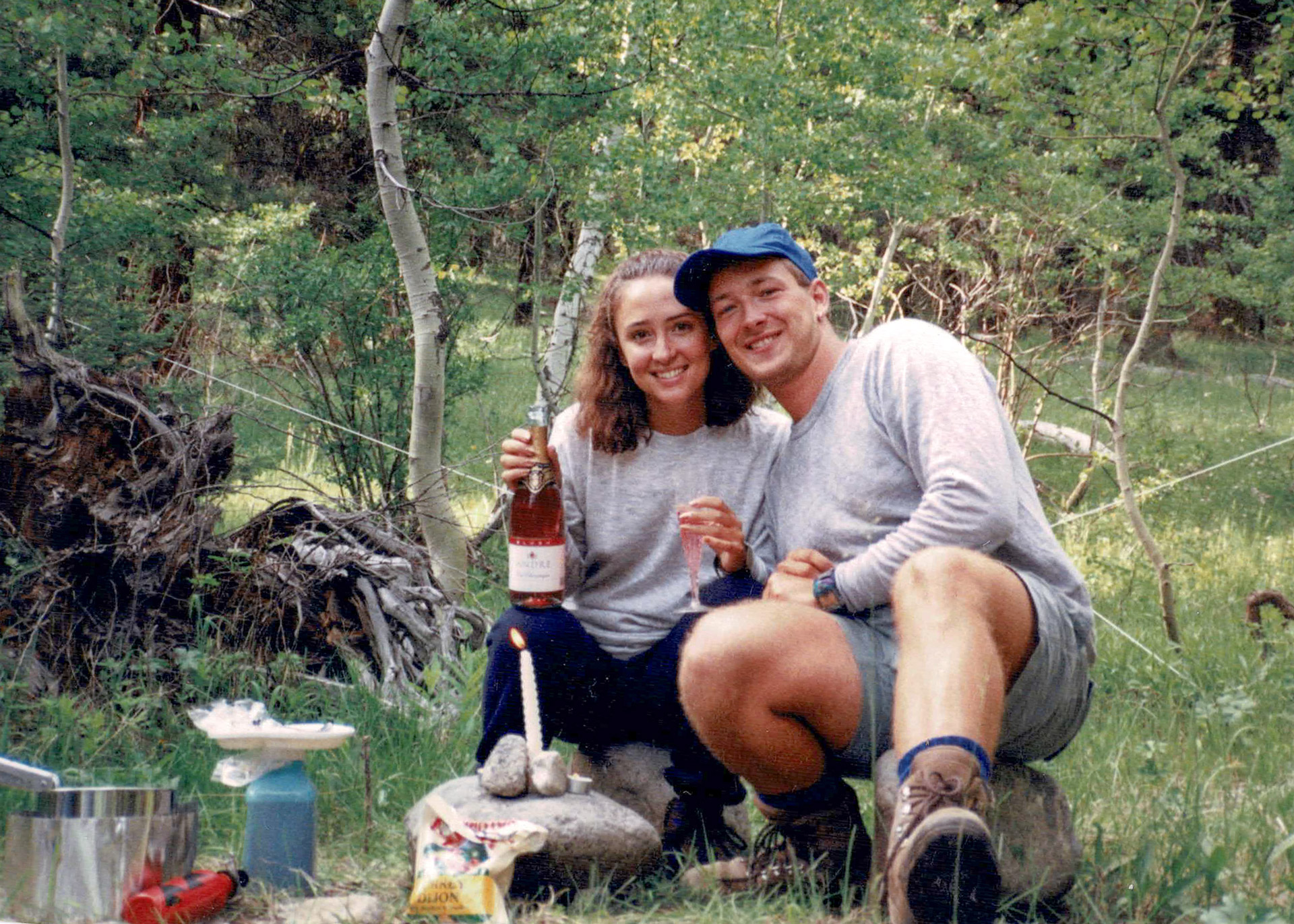
I spent much of my early bowhunting days closer to home. I invited my girlfriend on many “backpacking trips”. She put up with it, so I asked her to marry me one morning when I got back to camp from glassing a little late.
Just Do it!
There’s nothing so difficult in bowhunting that you can’t figure it out on your own. A solo trip over a weekend will teach you more about a piece of country than Google Earth ever will. You’ll also be well on your way to figuring out what the right size of pack is for you and what you ought to put in it. All the advice in the world can’t replace knowing what your preferences are.
If solo isn’t your thing and you don’t have another bowhunter to go with, invite a friend or significant other who doesn’t hunt. If you’re looking to spend quality time with a son or daughter, I can’t think of a better way to do it. The experiences you share together might be enough to convince them to take up the sport and will always create lasting memories regardless of the outcome.
Pay it Forward
For those who have the knowledge to help others, I challenge you to pay it forward to the next generation of new hunters, whether young or old. I’ve learned something from nearly every experience I’ve had teaching someone else or helping them get started in the sport. I’ve made some incredible friendships along the way. Those relationships have touched my life well outside of archery, extending to business and other interests and paying me back many times for the initial investment of my time. Thanks to all those that helped me along the way! Shoot Straight.


